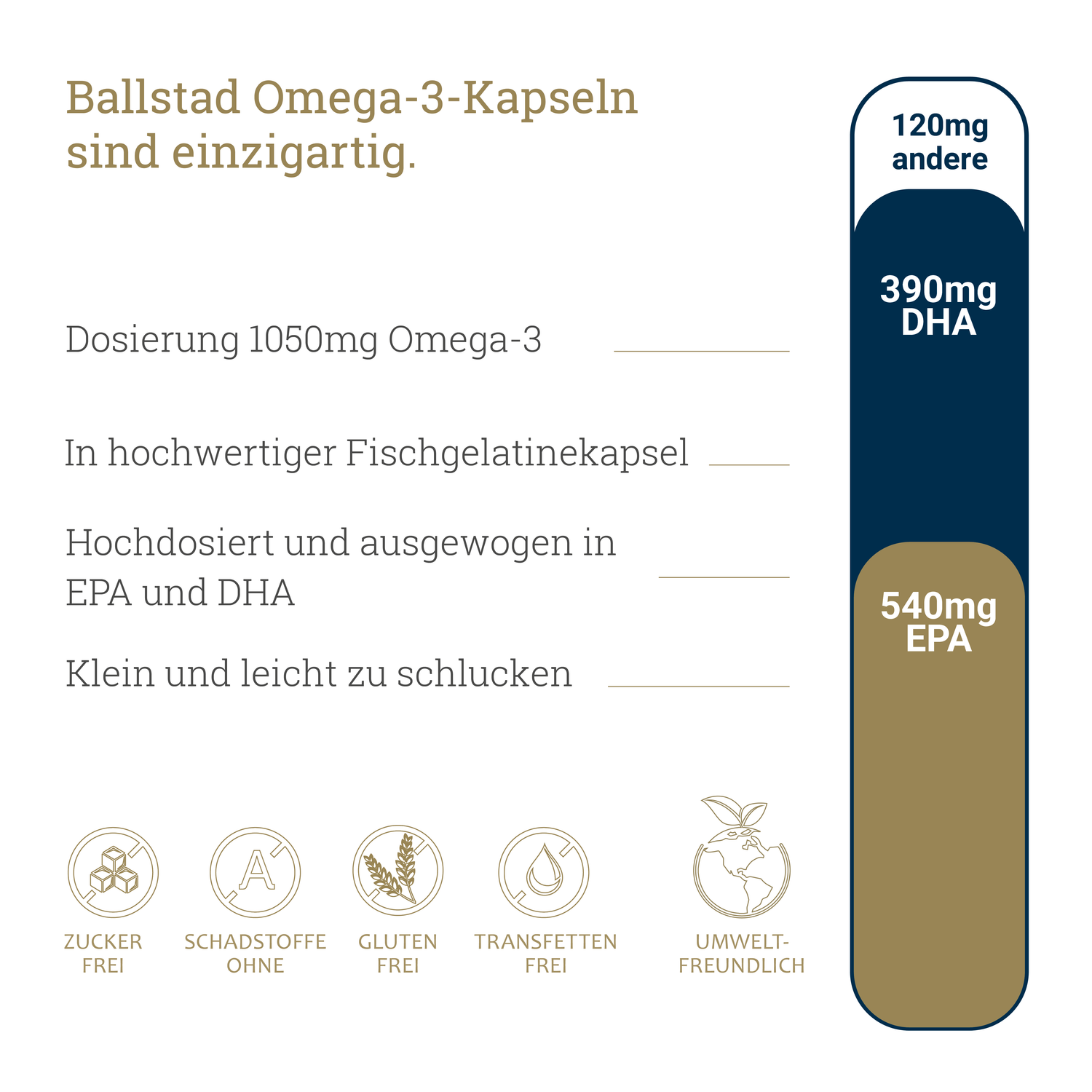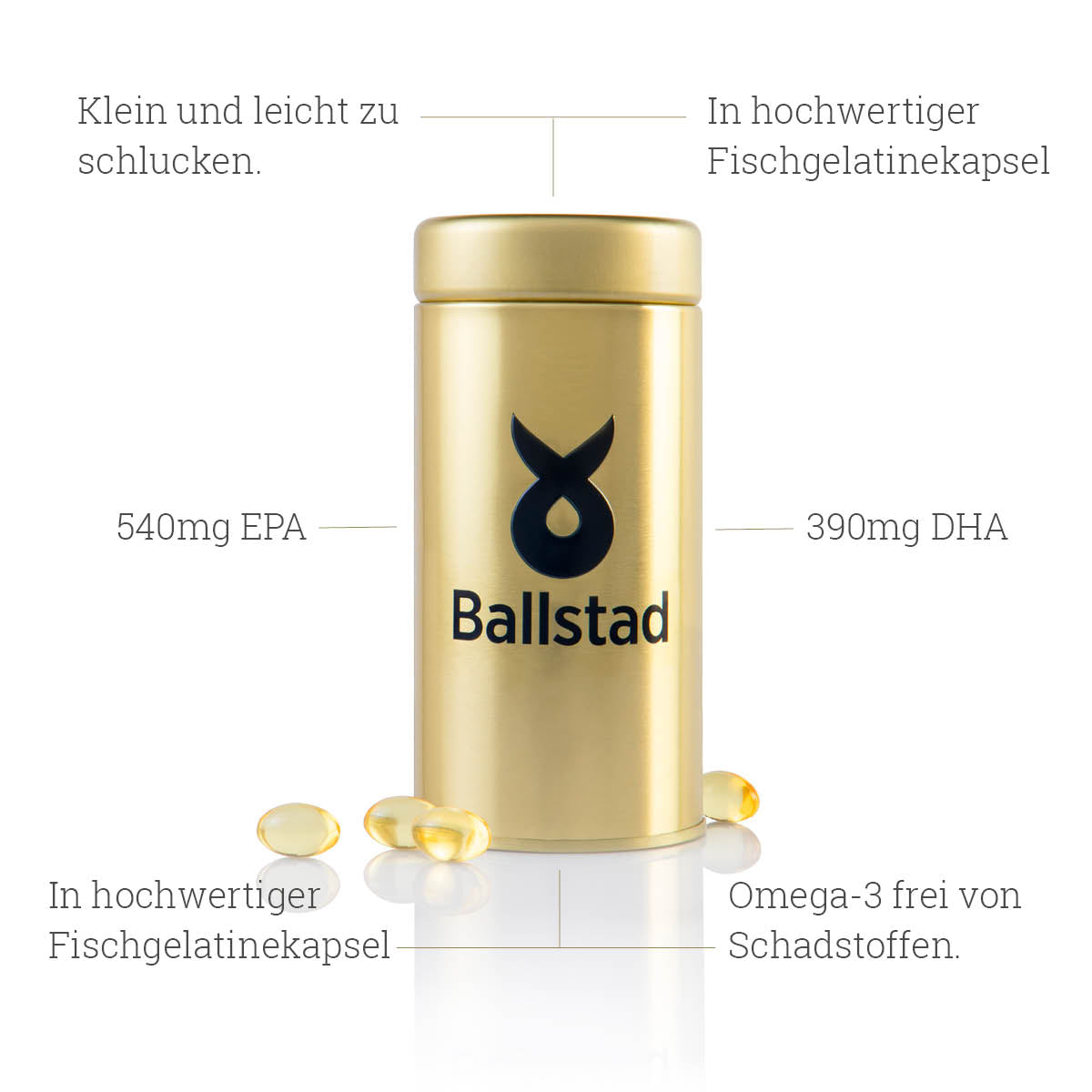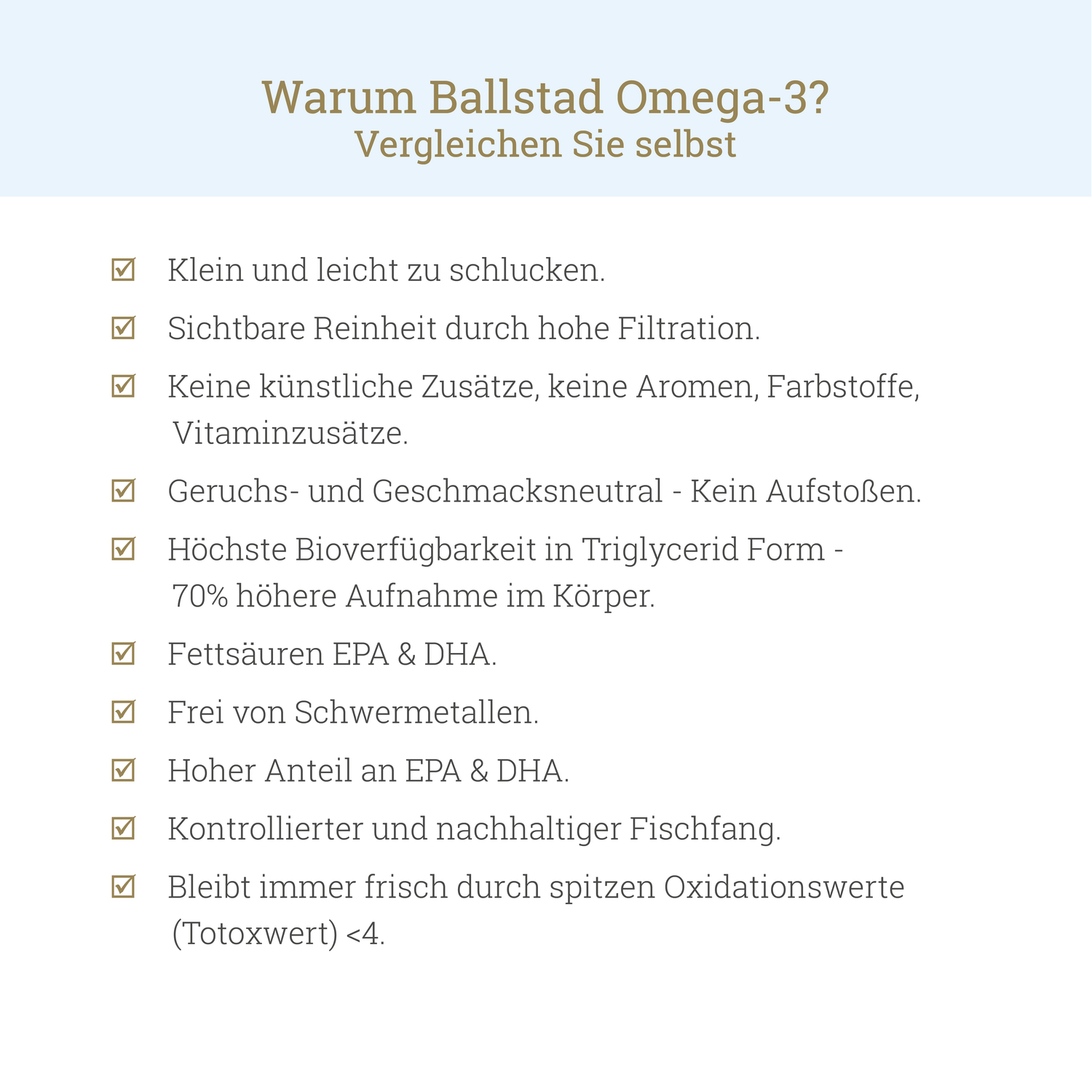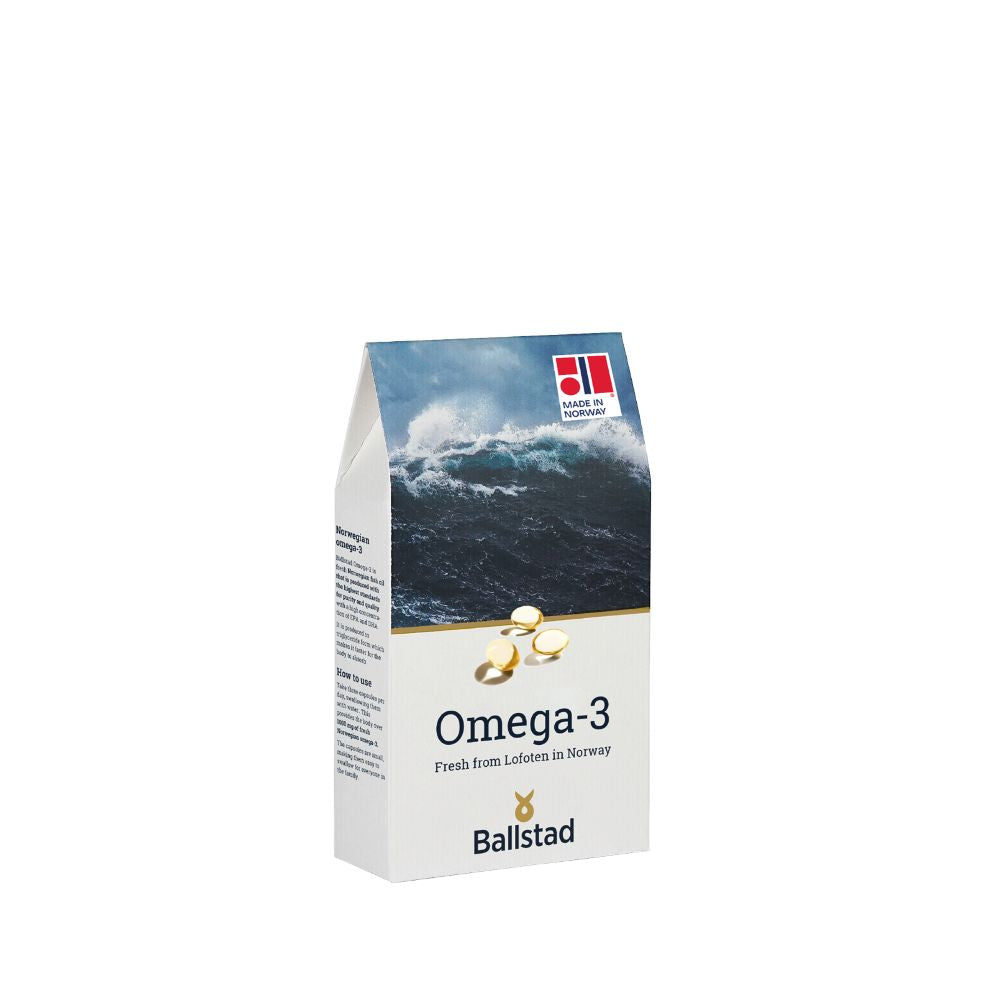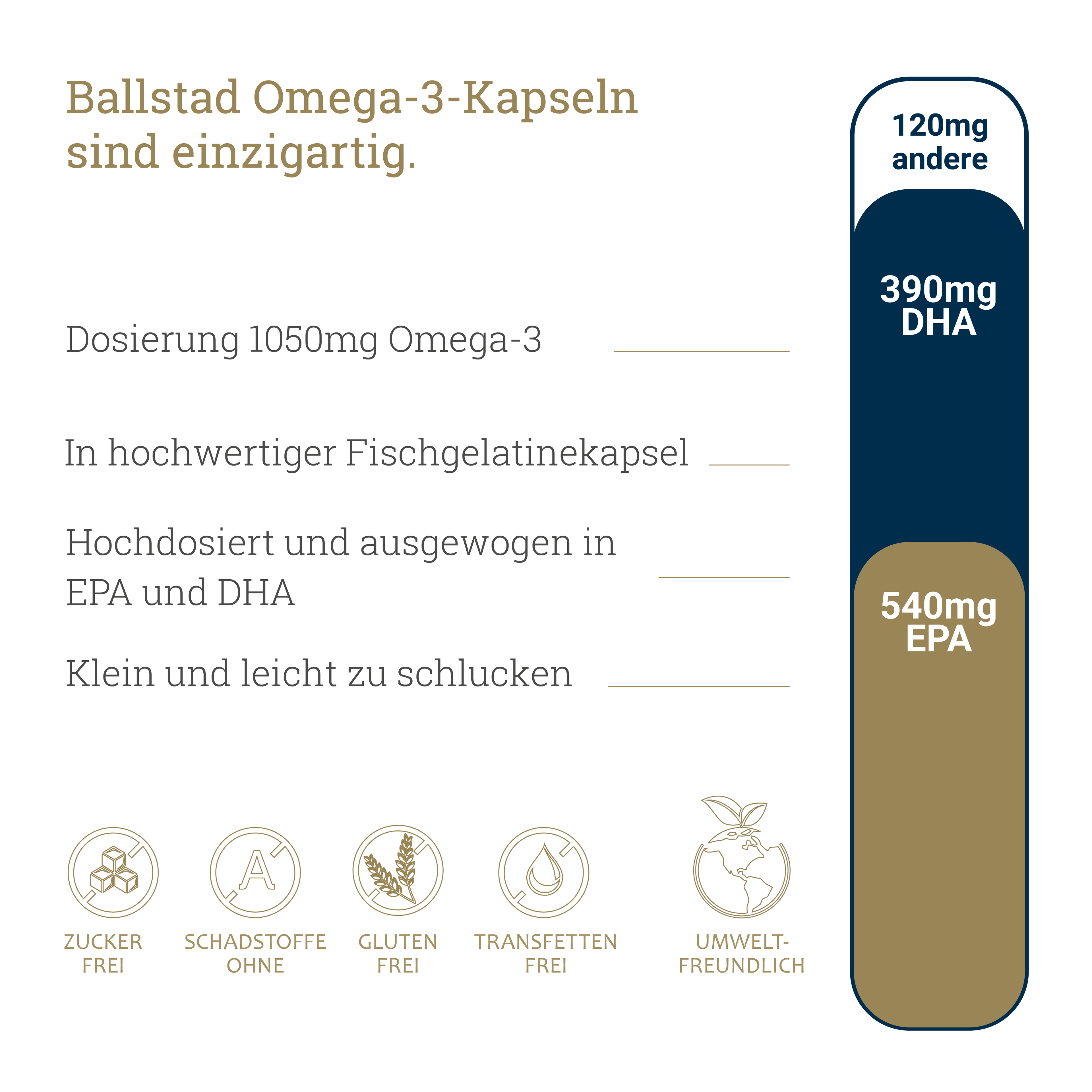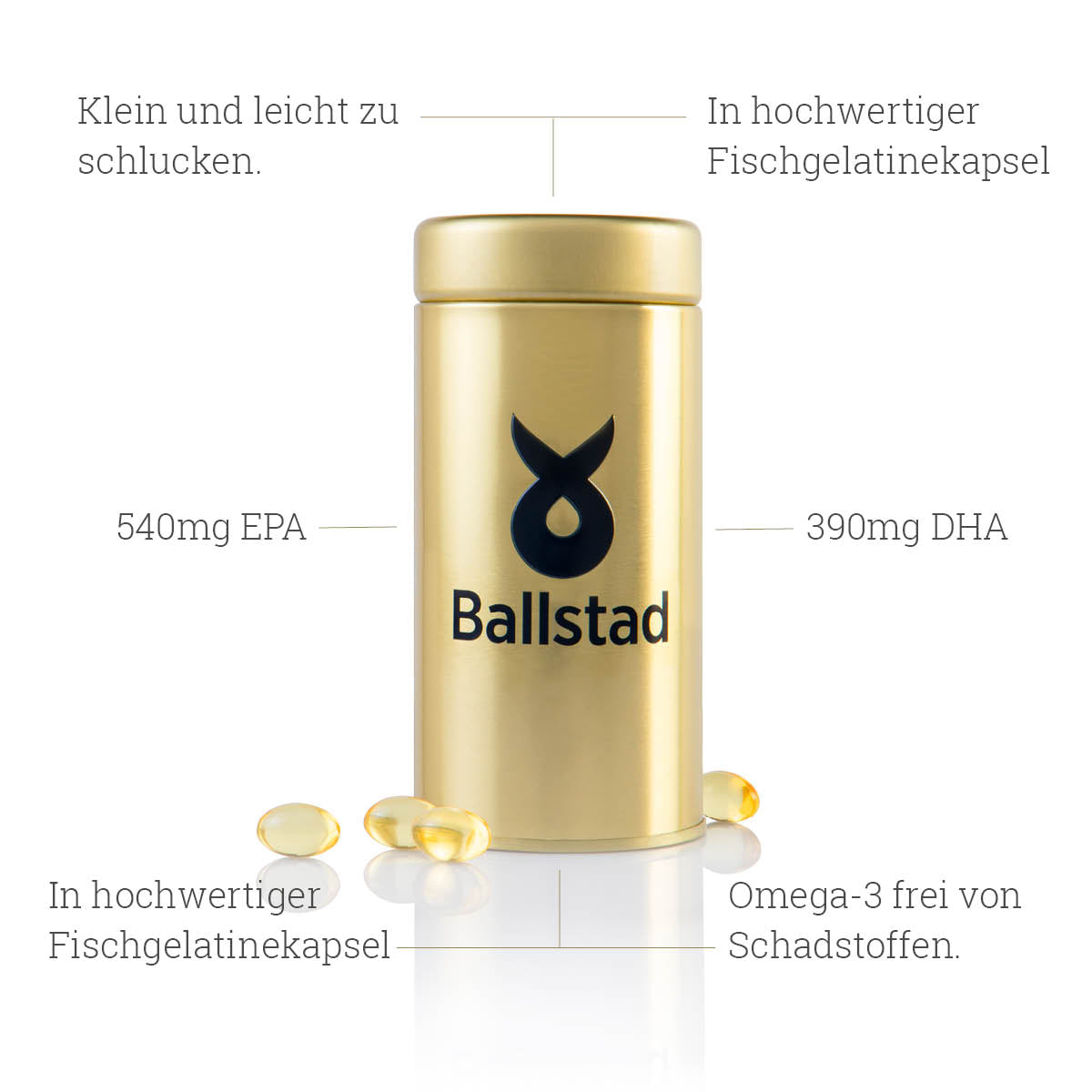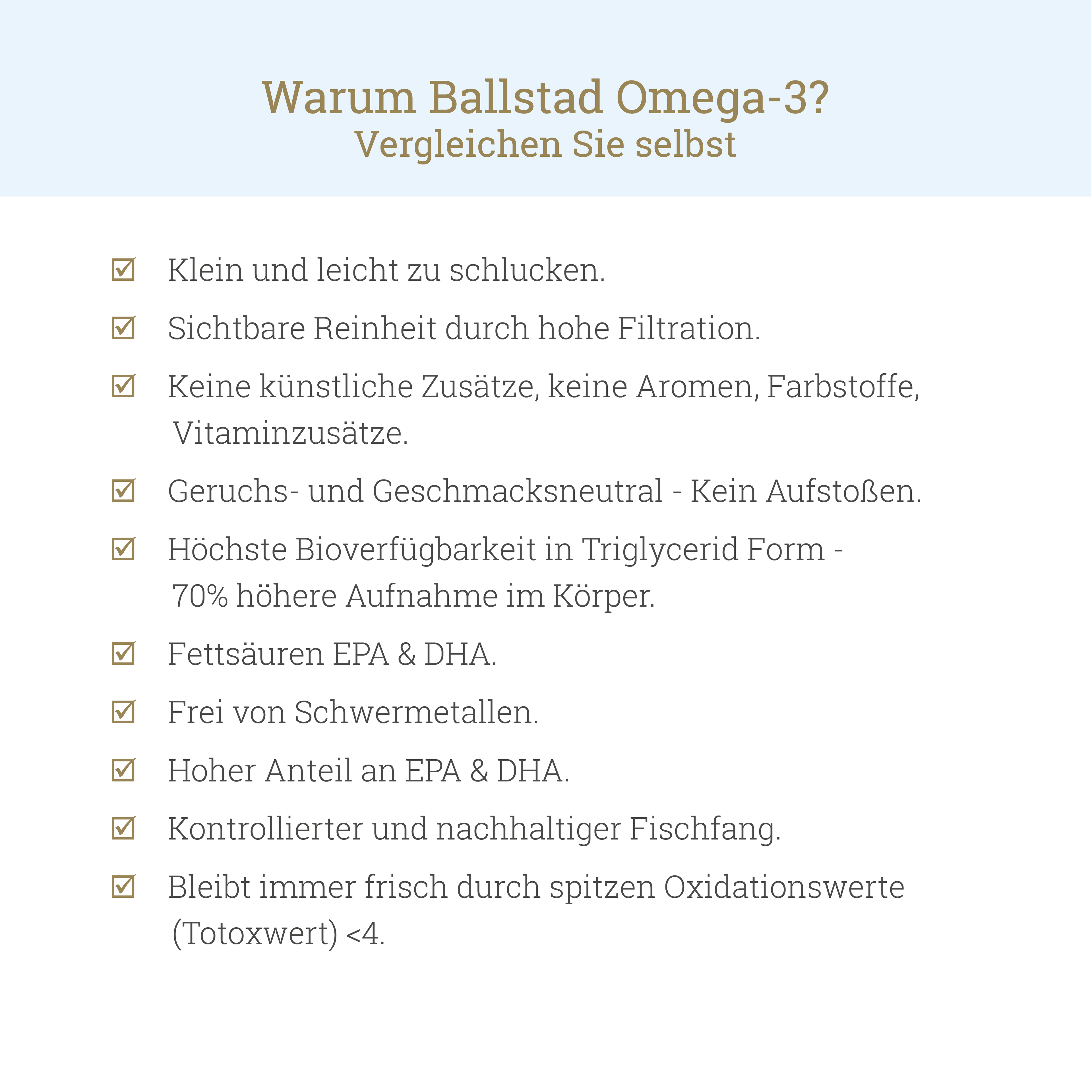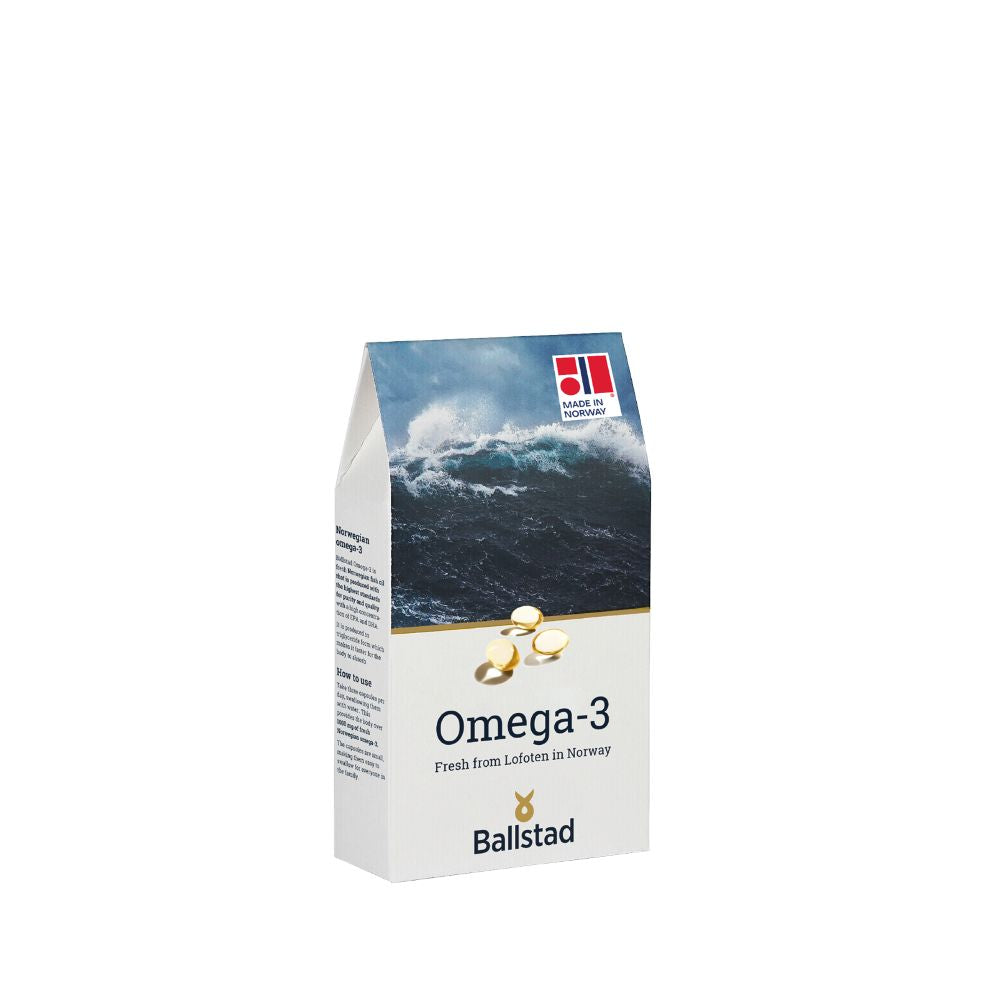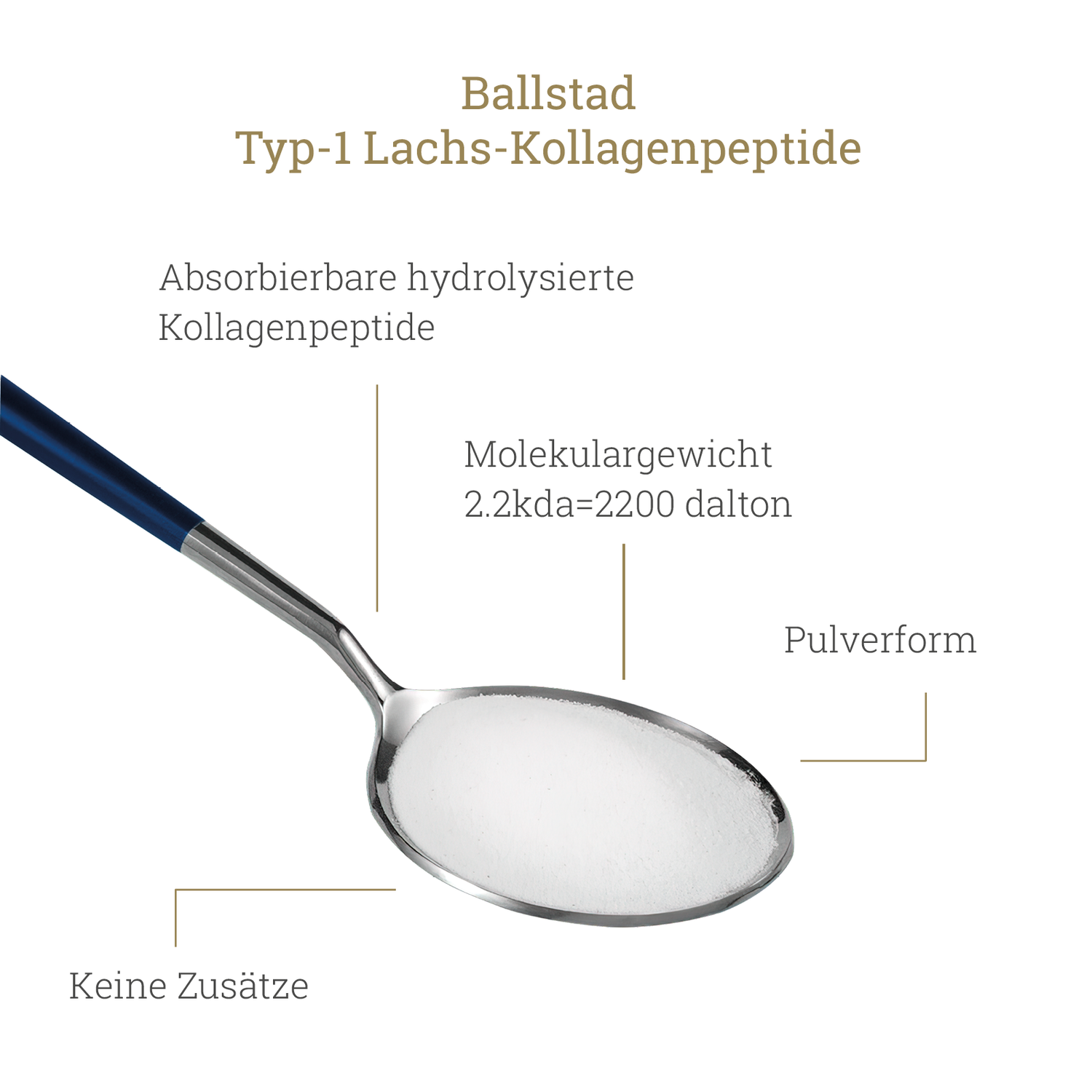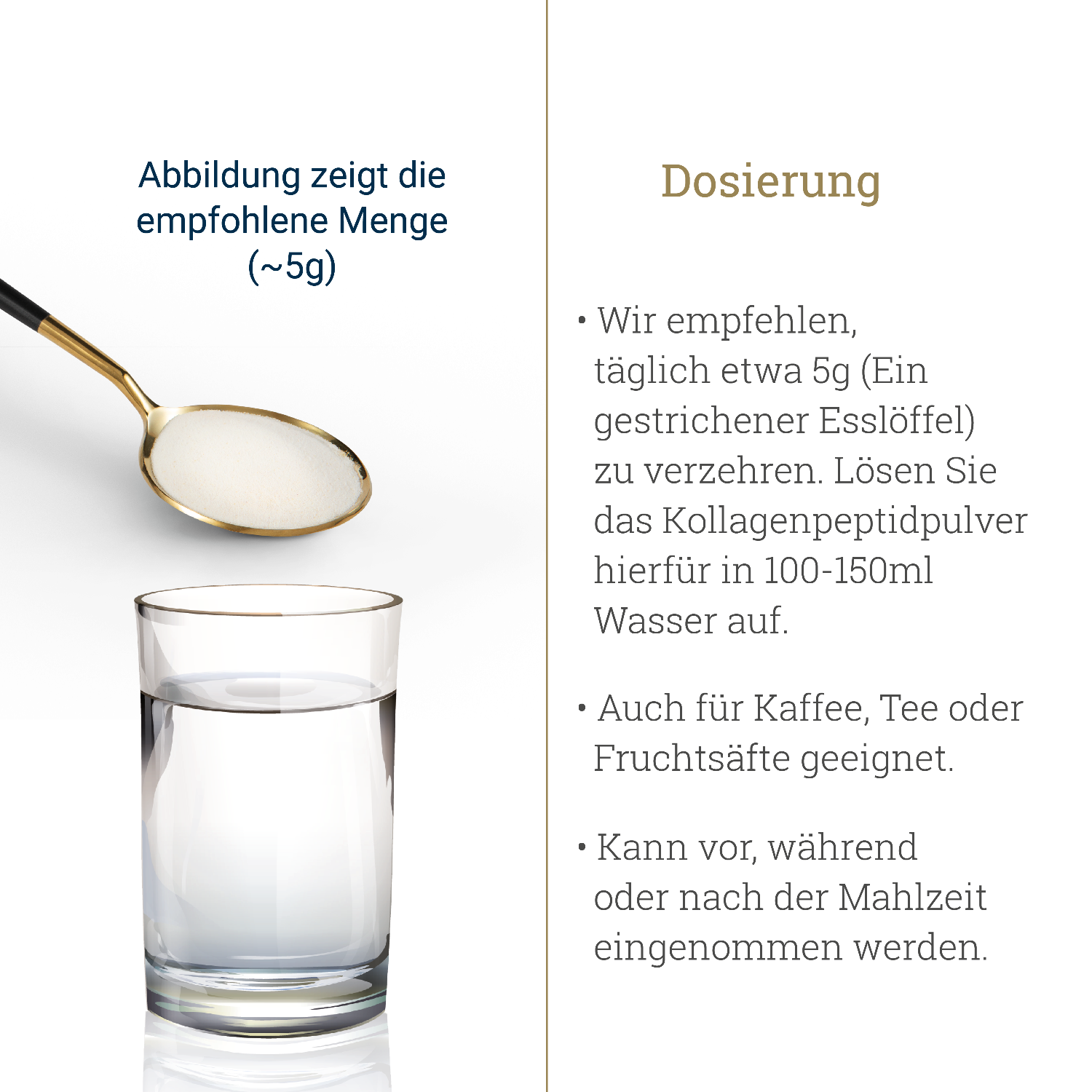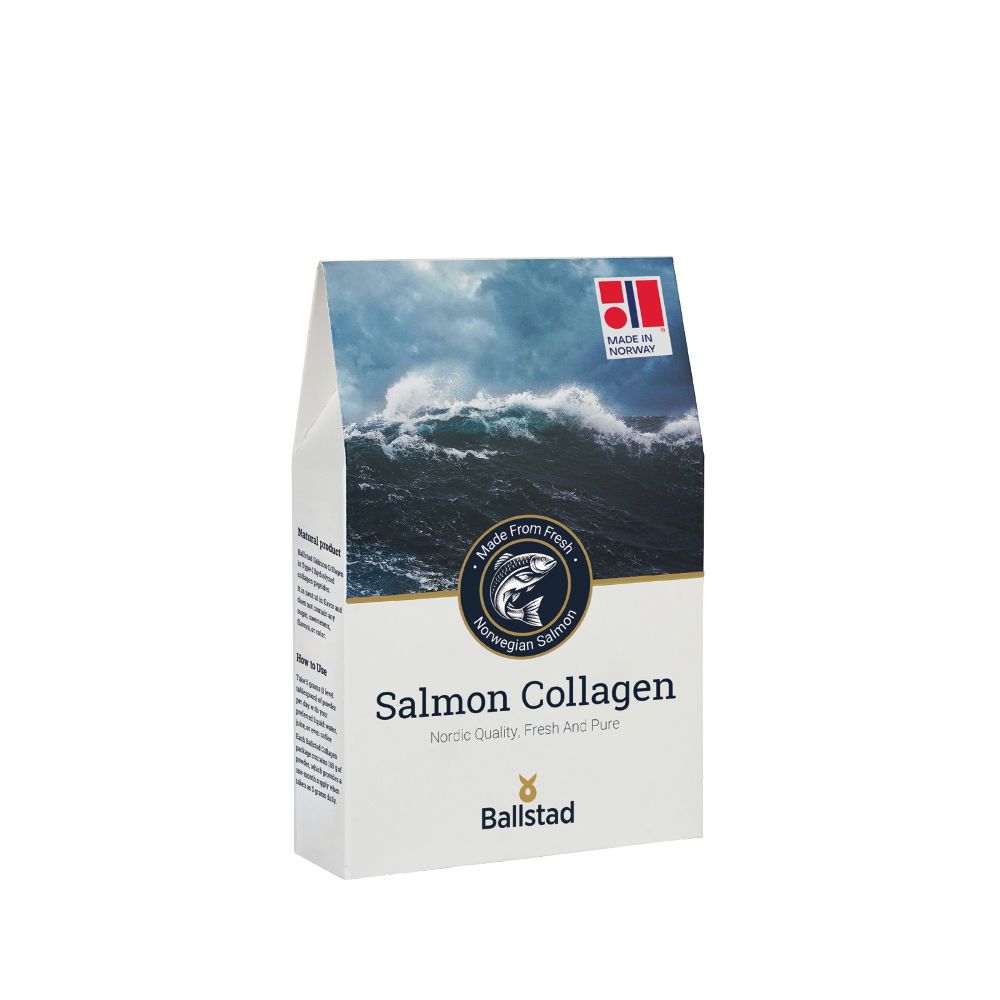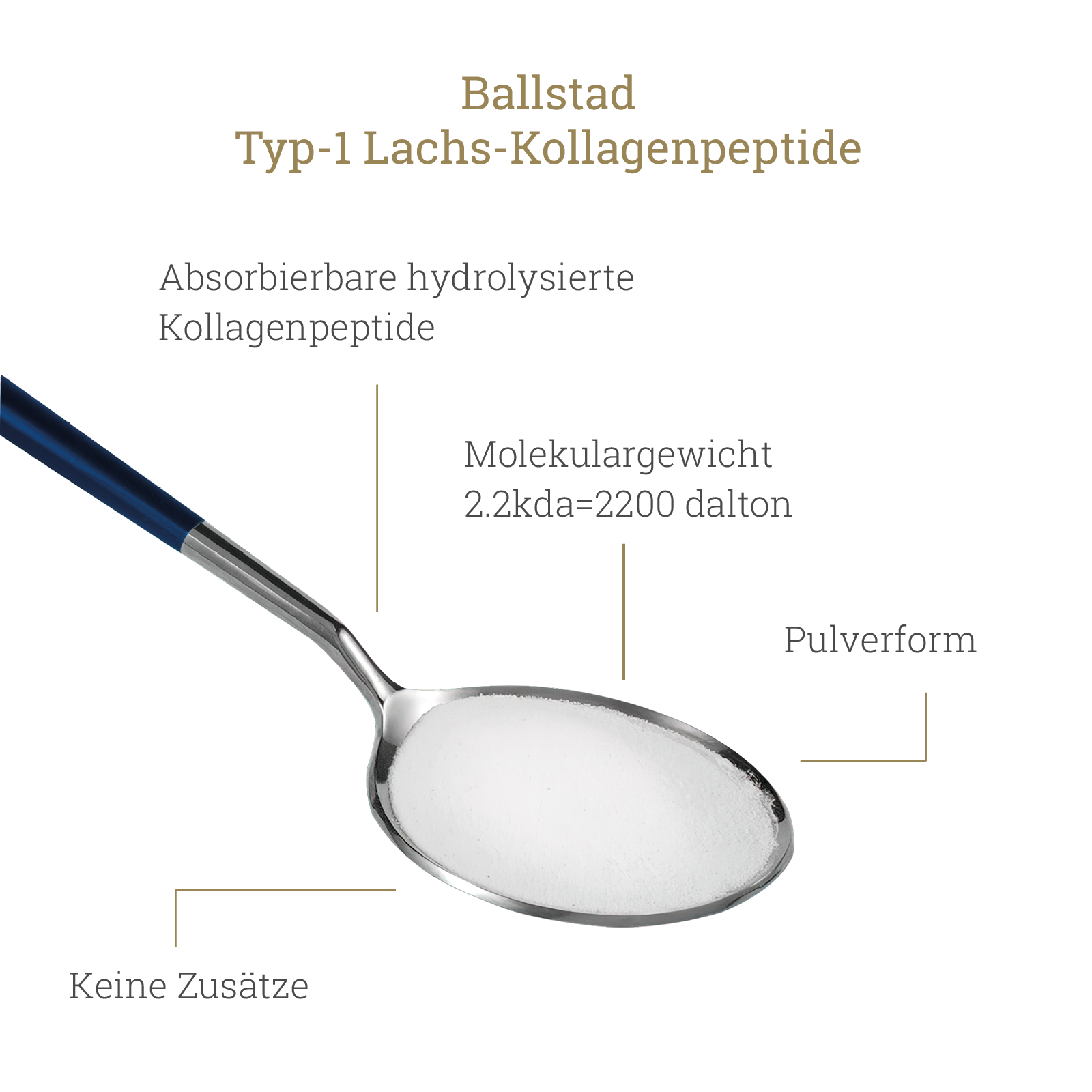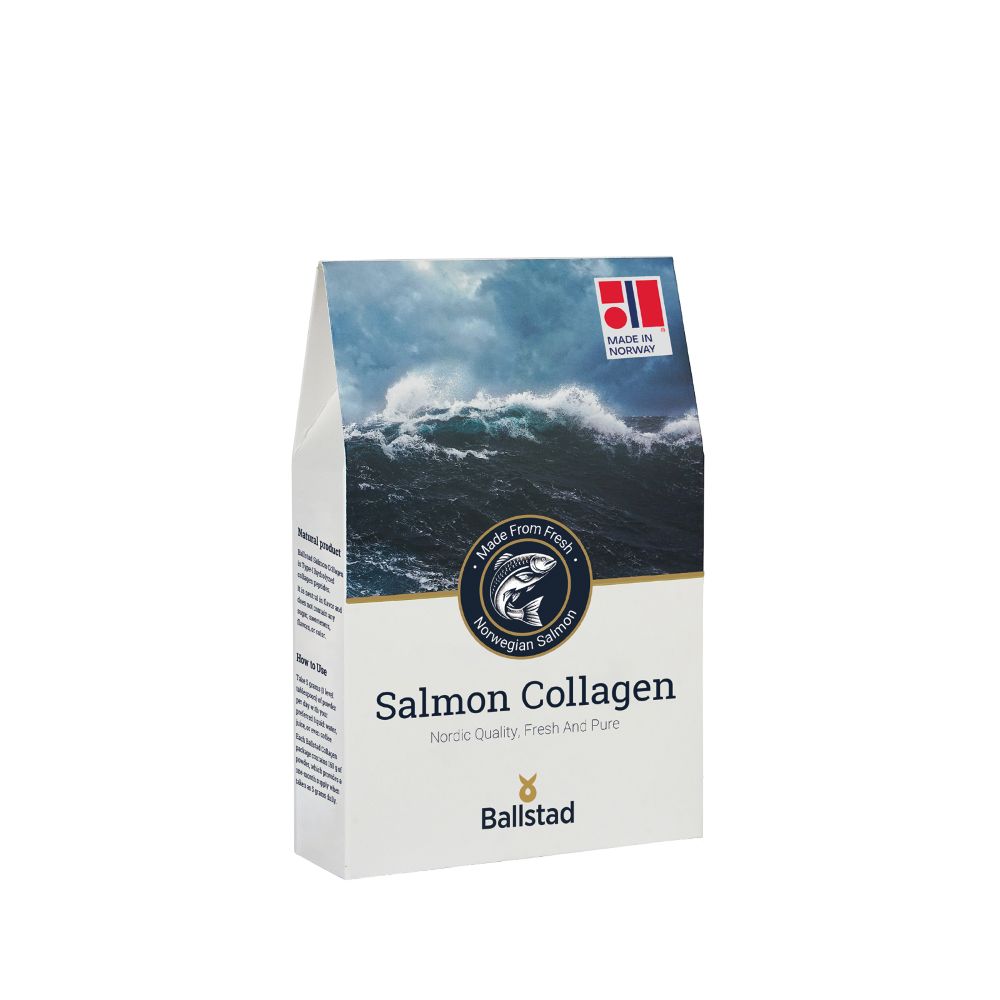What are EPA and DHA?
The omega-3 fatty acids DHA (docosahexaenoic acid) and EPA (eicosapentaenoic acid) are long-chain, polyunsaturated fatty acids that play an important role in the human diet. They are found primarily in fatty marine fish and are essential components of cell membranes in the brain, eyes, and heart.
Their flexible structure—imagine them like small, supple snakes—allows them to move easily within cell membranes. According to Norwegian researchers, it is precisely this property that makes DHA so valuable for the brain and eyes.
DHA for vision and eye health
The retina of the eye is made up of over 60% fat. DHA is one of the main components of the retina. It supports the function of rhodopsin, a protein that converts light signals into electrical signals, which are then transmitted to the brain. The mobility of DHA molecules allows rhodopsin to react quickly – for sharp and stable vision.
DHA for the brain
DHA contributes to normal brain development and function. Millions of signals are transmitted between nerve cells every day, and DHA supports membrane fluidity and the responsiveness of these cells. EPA also plays an important role, particularly in the regulation of inflammatory processes in the brain. A balanced supply of omega-3 and omega-6 fatty acids is essential for healthy brain function.
Health claim according to EFSA : DHA contributes to the maintenance of normal brain function. This beneficial effect is achieved with a daily intake of 250 mg DHA.
EPA and DHA for the heart
EPA and DHA are components of the cell membranes in the heart muscle and, as part of a healthy lifestyle, can contribute to maintaining normal blood triglyceride levels. Studies also show that omega-3 fatty acids can have beneficial effects on heart rate and blood vessel function.
Health claim according to EFSA : EPA and DHA contribute to normal heart function. The beneficial effect is achieved with a daily intake of 250 mg of EPA and DHA.
What about ALA?
ALA (alpha-linolenic acid) is a plant-based omega-3 fatty acid found in foods such as flaxseed, chia seeds, and walnuts. The body can only convert ALA into EPA and DHA to a very limited extent—often less than 1%.
Therefore, a purely plant-based omega-3 intake is usually not sufficient to meet the need for EPA and DHA. Direct intake of these two fatty acids via fatty fish or high-quality fish oil supplements is significantly more effective.
Conclusion
DHA and EPA are essential fatty acids with a variety of beneficial effects on the brain, eyes, and heart. Since the body cannot produce them in sufficient quantities itself, targeted intake through fish or dietary supplements is particularly recommended—especially for people who eat little or no fish.






